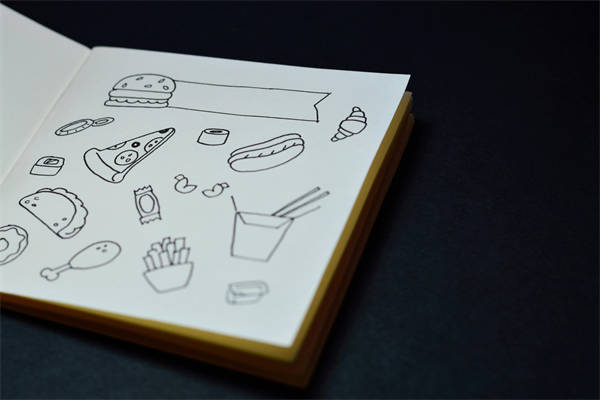Mastering the Use of "Mine" and "My" in English: A Comprehensive Guide

Understanding the difference between "mine" and "my" in English can be a bit tricky, especially for those learning the language. These two words may look similar, but they serve different grammatical functions. Here are some common scenarios where you should use "mine" or "my" to ensure grammatical accuracy.
When to Use "Mine" and "My": Key Scenarios
1. Possessive Pronoun vs. Possessive Adjective
Use "mine" as a possessive pronoun when you want to refer directly to something that belongs to you. For example:
- Use "mine": "That book is mine." (The book belongs to me directly.)
- Use "my": "That book is on my desk." (The book is on my desk, indicating possession through a possessive adjective.)
2. Possession in a Noun Phrase
When "mine" is part of a noun phrase, it acts as a possessive pronoun. However, if "my" is part of a noun phrase, it acts as a possessive adjective. For example:
- Use "mine": "Is this your pen? No, it's my friend's pen." (The pen belongs to my friend directly.)
- Use "my": "Is this your friend's pen? No, it's on my friend's desk." (The pen is on my friend's desk, indicating possession through a possessive adjective.)
3. "Mine" as a Subject or Object
"Mine" can be used as a subject or object, but it always refers to something that belongs to you. For example:
- Use "mine": "I like mine better." (Referring to something that belongs to me.)
- Use "mine": "He chose mine." (The object chosen belongs to me.)
4. "My" as a Possessive Adjective
"My" is used as a possessive adjective when it modifies a noun, indicating ownership. For example:
- Use "my": "This is my book." (The book is owned by me.)
- Use "my": "She has a my book." (This is incorrect; it should be "She has my book.")
By understanding these key differences, you can confidently use "mine" and "my" in your English writing and speaking, ensuring that your sentences are grammatically correct and clear.

.png)
.png)
.png)
.png)